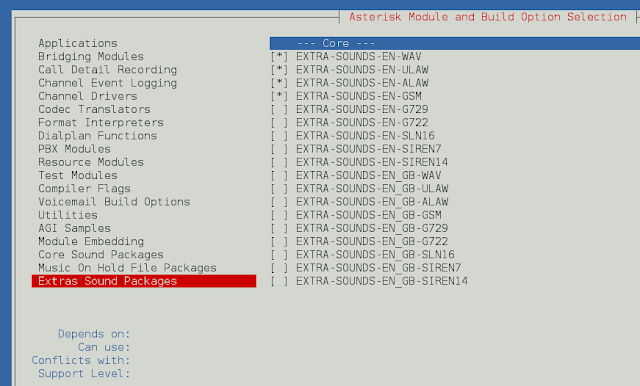Passing context into your templates from class-based views is easy once you know what to look out for. There are two ways to do it – one involves get_context_data, the other is by modifying the extra_context variable. Let see how to use both the methods one by one.
Explanation:
Illustration of How to use get_context_data method and extra_context variable to pass context into your templates using an example. Consider a project named neveropen having an app named Lazyroar.
Refer to the following articles to check how to create a project and an app in django.
How to Create Basic Project using MVT in Django?
How to Create an App in Django ?
Method 1: Using get_context_data method
Inside the models.py add the following code:
Python3
from django.db import models# Create your models here.class YourModel(models.Model): first_name = models.CharField(max_length=30) last_name = models.CharField(max_length=30) def __str__(self): return self.first_name |
After creating this model, we need to run two commands in order to create database for the same.
python manage.py makemigrations python manage.py migrate
Create the folder named templates inside the app directory(Lazyroar) , inside this folder add the file named Intro.html and add the following code:
HTML
<!-- Intro.html --><!DOCTYPE html><html lang="en" dir="ltr"> <head> <meta charset="utf-8"> <title>Intro</title> </head> <body> <h1>All users name </h1> {% for user in users %} {{user.first_name}} {% endfor %} </body></html> |
Inside the views.py file add the following code:
Python3
from django.views.generic.base import TemplateViewfrom .models import YourModelclass Intro(TemplateView): template_name = 'Intro.html' def get_context_data(self,*args, **kwargs): context = super(Intro, self).get_context_data(*args,**kwargs) context['users'] = YourModel.objects.all() return context |
Inside the urls.py file of project named neveropen add the following code:
Python3
from django.contrib import adminfrom django.urls import pathfrom Lazyroar.views import Introurlpatterns = [ path('admin/', admin.site.urls), path('',Intro.as_view(),name="intro")] |
Method 2: Using extra_context variable
Rewrite the views.py flle by adding the following code:
Python3
from django.views.generic.base import TemplateViewfrom .models import YourModelclass Intro(TemplateView): template_name = 'Intro.html' extra_context={'users': YourModel.objects.all()} |
By both the methods you will see the same output. Let’s check what is there on http://localhost:8000/, before doing this don’t forget to add some data to your model.
How to add data to your model Django ORM – Inserting, Updating & Deleting Data





